HEALTH
Lunar Crystals Collected By Apollo 17 Astronauts Show Moon Is Older Than Scientists Thought
Published
8 months agoon
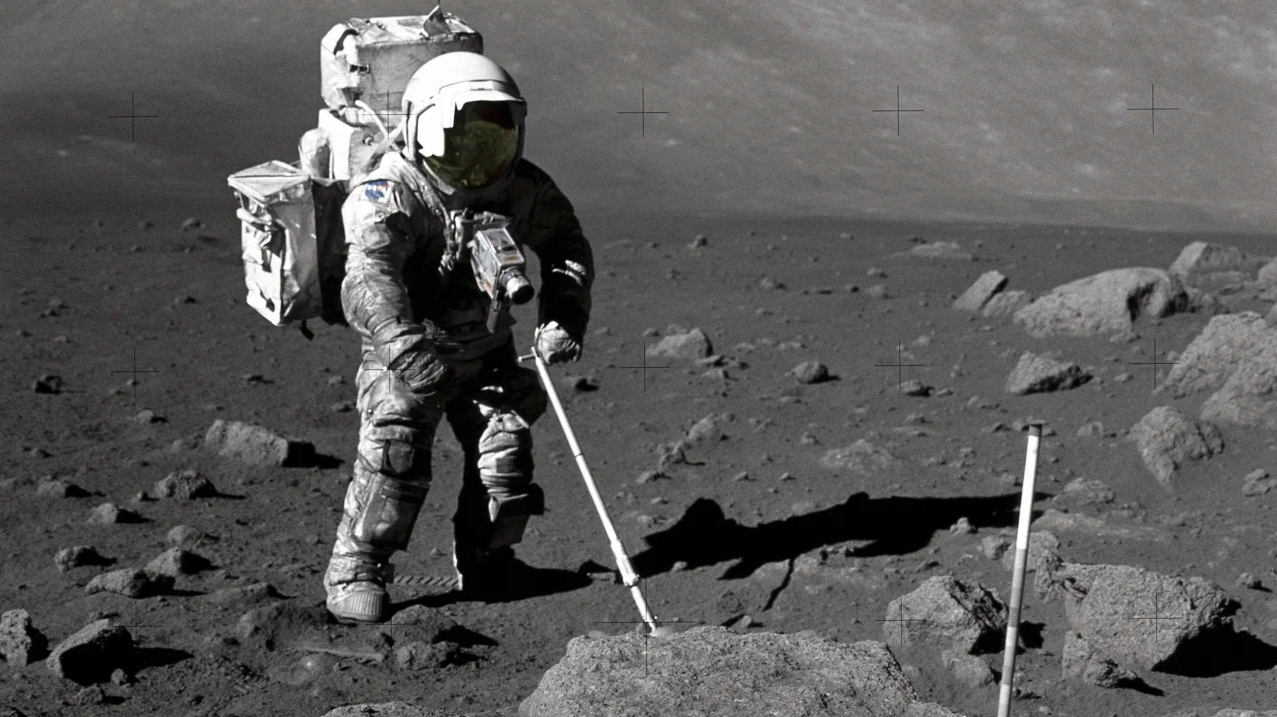
NASA
A sample of lunar dust collected by Apollo 17 astronauts in 1972 contains crystals that formed at least 4.46 billion years ago, making the moon older than previously thought, according to a new study.
According to researchers, the crystals found in the dust were formed when an object the size of Mars crashed into early Earth. Scientists have long known that the largest piece that broke off the Earth in that collision eventually became the moon, but until now it wasn’t clear when that happened.
According to the study published Monday in the journal [Geochemical Perspectives Letters](https://www.geochemicalperspectivesletters.org/article2334/), the age of the crystals makes the moon about 40 million years older than previously thought.
“These crystals are the oldest known solids that formed after the giant impact. And because we know how old these crystals are, they serve as an anchor for the lunar chronology,” senior study author Philipp Heck, Curator for Meteoritics and Polar Studies at the Field Museum of Natural History in Chicago, said in a statement.
The impact melted the rock that eventually became the moon’s surface, and the crystals were formed as that molten rock cooled. Researchers say the crystals couldn’t be older than the impact, because they wouldn’t have survived it.
“When the surface was molten like that, zircon crystals couldnt form and survive. So any crystals on the Moons surface must have formed after this lunar magma ocean cooled,” says Heck. “Otherwise, they would have been melted and their chemical signatures would be erased.”
Lead author Jennika Greer, previously a doctoral candidate at the Field Museum and now a research associate at the University of Glasgow, said co-authors Bidong Zhang and Audrey Bouvier approached her and Heck seeking a nanoscale look at the samples.
They undertook the first use of atom probe tomography for moon dating, using instruments from Northwestern University.
“In atom probe tomography, we start by sharpening a piece of the lunar sample into a very sharp tip, using a focused ion beam microscope, almost like a very fancy pencil sharpener,” Greer said. “Then, we use UV lasers to evaporate atoms from the surface of that tip. The atoms travel through a mass spectrometer, and how fast they move tells us how heavy they are, which in turn tells us what they’re made of.”
After analyzing all the atoms in the sample, researchers were able to determine the radioactive decay uranium atoms into lead isotopes over time.
“Radiometric dating works a little bit like an hourglass,” Heck said. “In an hourglass, sand flows from one glass bulb to another, with the passage of time indicated by the accumulation of sand in the lower bulb. Radiometric dating works similarly by counting the number of parent atoms and the number of daughter atoms they have transformed to. The passage of time can then be calculated because the transformation rate is known.”
The proportion of lead isotopes researchers found in the sample indicates the crystals are about 4.46 billion years old.
“Its amazing being able to have proof that the rock youre holding is the oldest bit of the Moon weve found so far. Its an anchor point for so many questions about the Earth. When you know how old something is, you can better understand what has happened to it in its history,” Greer said.
Apollo 17 was the last mission in NASA’s Apollo program, and the last crewed mission to the moon. It was the sixth time humans walked on the moon, with Commander Gene Cernan and Lunar Module Pilot Harrison Schmitt landing on the surface while Command Module Pilot Ronald Evans remained in orbit.
TMX contributed to this article.
More From Sci + Tech
-
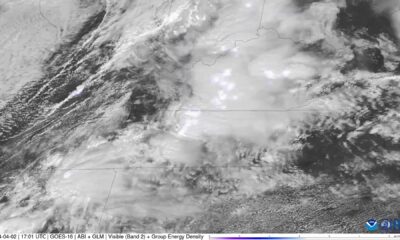

CIRA Satellites: Strong to severe storms continue to initiate across…
-


James Webb Space Telescope wows with first images
-
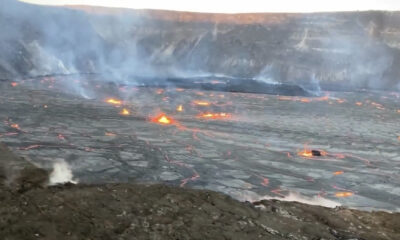

“…overflight video shows several areas of low lava fountaining in…
-
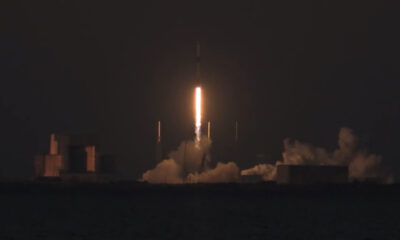

“… sunset Falcon 9 / Starlink launch.” Filmed from the…
-
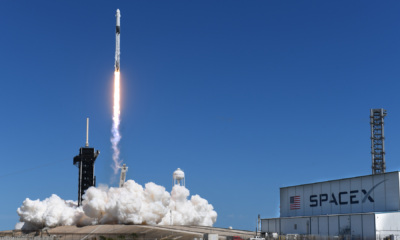

SpaceX launches mission for NASA
-
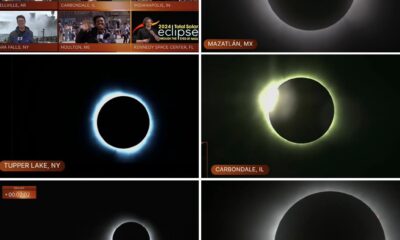

NASA Eclipse Views from Various Cities. 4/8/24.
-
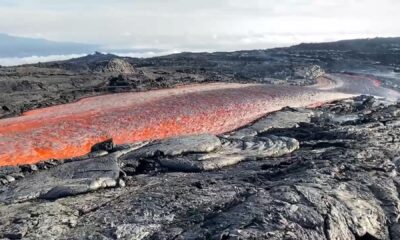

More: Flowing Lava from Mauna Loa’s Fissure 3 Lava Channel
-
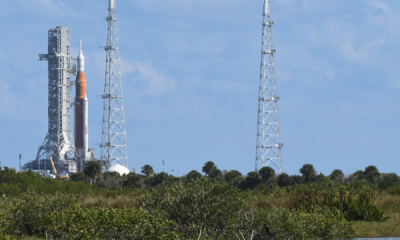

NASA to decide on whether to return Artemis I to…
-
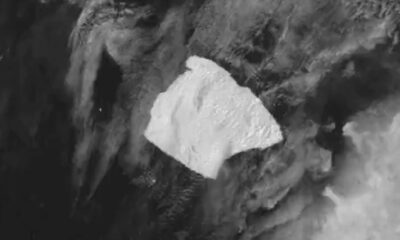

World’s Largest Iceberg Timelapse, Iceberg A23a… was on the move…
-
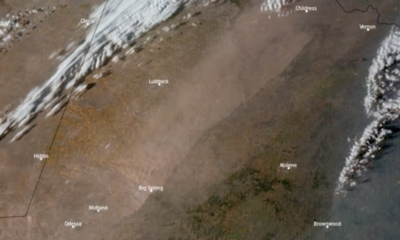

A broad area of dust stretching across Texas this afternoon…
-
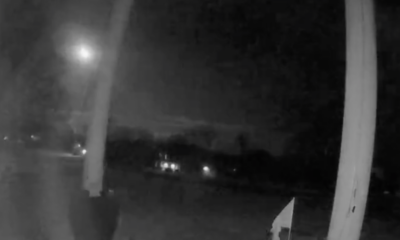

We had a bit of a fireball over Tulsa OK…
-
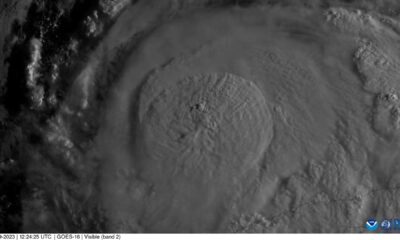

Hurricane Idalia: CIRA Satellites Shows High-Resolution Image of impressive convection…
